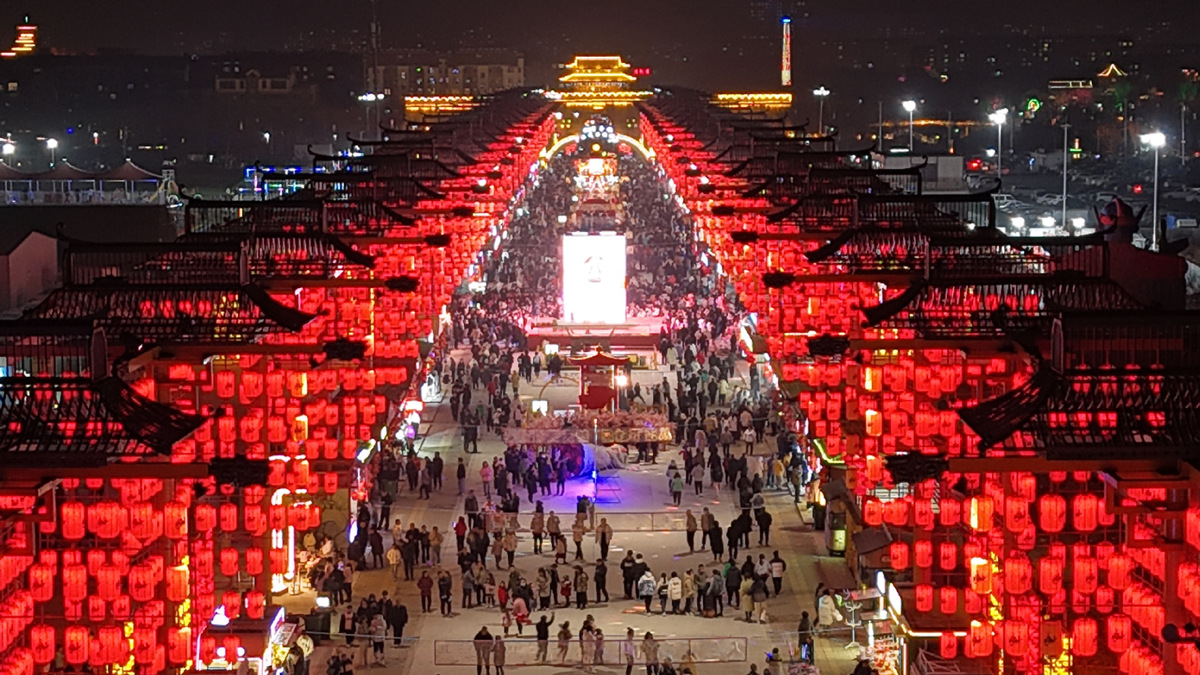Chinese people embrace tourism to celebrate Lunar New Year


BEIJING -- Traditionally, Chinese people stay at home with their families for the Spring Festival, also known as Chinese New Year, the most important festival of the Chinese calendar.
But many families are now opting to travel during the holiday, attracted by cultural activities such as lantern shows, flower markets and temple fairs on offer around the country, or traveling overseas to discover more of the world.
Cultural activities
At Beihai Park in Beijing, calligraphers can be seen writing the Chinese character "Fu" on red, square paper and handing the decorations out to tourists. The red posters are stuck onto doors or windows to celebrate the Spring Festival, as the character symbolizes a blessing or happiness.
"I felt very lucky to receive a 'Fu' poster as a gift, and I will take home the blessing it carries," said a tourist surnamed Xu from south China's Guangdong province.
Public parks in Beijing received over 250,000 tourists on Feb 10, the first day of the Year of the Dragon, surging 153.78 percent from the Spring Festival last year and 56.41 percent from 2019, according to local authorities.
Shanghai has launched more than 200 cultural activities during the eight-day Spring Festival holiday starting from Feb 10, including art exhibitions, plays and food fairs, creating a festive atmosphere in the city for both locals and tourists.
About 1.73 million tourists visited Shanghai on Chinese New Year's Day, up 4.58 percent year-on-year, data released by the Shanghai Municipal Administration of Culture and Tourism showed.
According to tourism platform statistics, domestic travel orders soared 102 percent year-on-year on the eve and first day of the holiday, significantly exceeding the level seen over the same two days in 2019. Beijing, Shanghai, Xi'an, Kunming and Harbin are among the most popular destinations this year.
To welcome the Year of the Dragon, 20 lantern shows featuring elements of the Chinese dragon are being staged at the ancient city walls in Shaanxi's Xi'an, the largest and best-preserved ancient city walls in the country.
"Although it's quite crowded and cold at night, it's worth coming!" said a visitor surnamed Zhou from Beijing. He said that his 12-year-old daughter has recently become a big fan of traditional Chinese clothing and had been looking forward to her trip to the ancient capital.
























